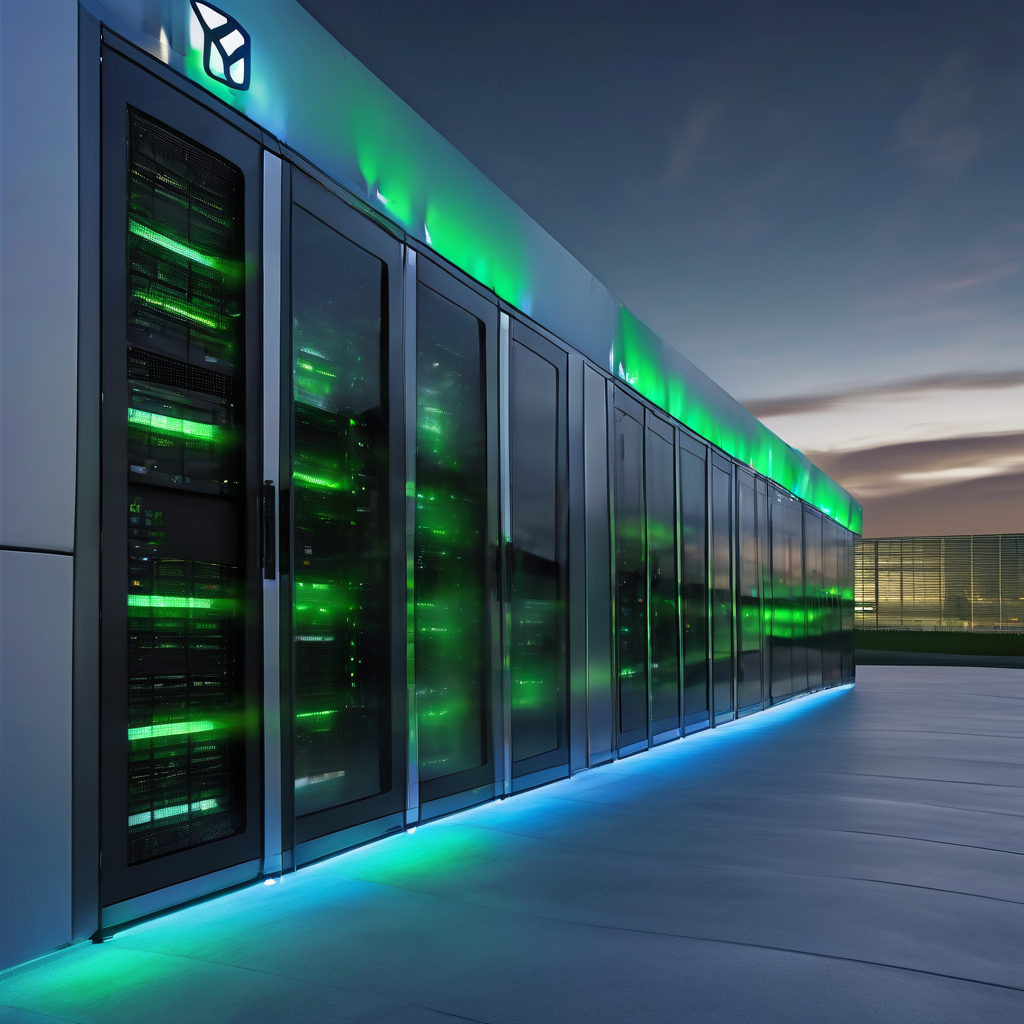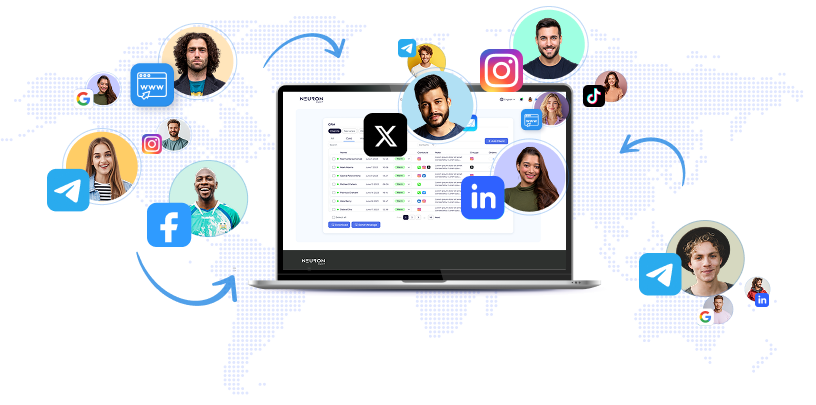
If you’re a Chief Marketing Officer (CMO), the evolving digital landscape presents fresh challenges. Traditionally, brand visibility depended heavily on SEO competitiveness. However, with the rise of AI-driven tools like ChatGPT, Perplexity, Claude, and Google’s AI-powered features—AI Mode and AI Overviews—brands must now ensure visibility within AI-generated responses as well. Over time, technical shortcuts taken to maintain competitive SEO have accumulated as legacy technical SEO debt, which can severely hinder your brand’s AI visibility. The core challenge in tackling this debt isn’t complexity but assumption. Assumptions act like “white ants, ” slowly undermining SEO strategies from within, often unnoticed until a critical failure occurs. The demands of AI search technologies are now exerting pressure on these fragile foundations—how resilient is your technical SEO? A critical misconception is equating strong Google search rankings with solid AI visibility. Just because your site is well-ranked does not guarantee it appears prominently in AI outputs. For example, comparing Airbnb and Vrbo shows both declining in non-branded Google searches recently, but Airbnb is vastly more mentioned in ChatGPT responses. This disparity reveals that AI visibility does not directly correlate with traditional search rankings; AI crawlers operate differently and do not rely on the same signals. Google’s AI features still partially use Google search infrastructure, which benefits sites appearing in organic search, but other AI systems may crawl sites differently. Google’s ranking engine can compensate for minor technical faults with broader ranking signals like content quality and schema markup. AI crawlers, however, primarily ingest raw text, ignoring formatting and markup. Therefore, any technical issues impeding access to content directly diminish AI visibility. Unlike Google Search, AI platforms have little buffer against technical debt. One significant aspect of SEO debt is page speed. Slow loading, caused by bloated code, large media files, or inefficient infrastructure, degrades user experience and reduces ranking. Furthermore, recent analysis of over 2, 000 websites cited in Google’s AI Mode showed a clear link between faster page speed metrics (e. g. , Largest Contentful Paint and Cumulative Layout Shift) and more frequent AI citations.
Interestingly, the overall Google PageSpeed Insights score does not correlate as clearly with AI visibility, suggesting Core Web Vitals are more relevant indicators for AI crawling efficiency. Though data specifically on AI visibility outside Google’s AI features is limited, it is reasonable to assume similar patterns exist across other AI platforms. AI crawlers handle vast volumes of queries daily, demanding enormous computing power. For instance, ChatGPT receives 2. 5 billion prompts per day, utilizing crawlers like ChatGPT-User, which can visit a site thousands of times weekly. Inefficient, slow websites force crawlers to expend more resources, potentially causing AI providers to prioritize faster, more accessible sites to optimize costs. Another often-overlooked problem is crawler access itself. Providers like Cloudflare have recently changed policies, blocking many AI crawlers by default to control traffic and costs. Since July 2025, over one million Cloudflare customers have opted to block AI crawlers, and now the blocking is opt-out rather than opt-in. Consequently, your website could be invisible to AI platforms like ChatGPT, Claude, or Perplexity without your knowledge—not due to poor SEO quality but because of third-party infrastructure decisions. This reality demands vigilance from CMOs: what works today might not work tomorrow, and changes impacting AI visibility may happen outside your immediate control. Moreover, responsibility for managing these issues is often unclear. Technical SEO problems require identification and skilled resolution, but assumptions about who owns these roles—whether internal teams, developers, or external agencies—often lead to gaps. Developers may not prioritize technical SEO without guidance, SEO teams might rely on outdated audits, and agencies may not be contracted to monitor all technical or infrastructure factors affecting AI visibility. The accumulation of technical SEO debt stems largely from everyone assuming it’s someone else’s job. To mitigate these risks, proactive action is essential. Conduct thorough technical SEO audits focused on AI visibility, identify and fix issues early, and establish clear team responsibilities for monitoring and maintaining AI-accessibility standards. Investing in ongoing communication and accountability will ensure your AI visibility is managed effectively, preventing future crises. Waiting for visible problems to arise will likely incur greater costs and damage. In summary, strong search rankings don’t guarantee AI presence. Technical SEO debt, page speed, crawler access policies, and organizational accountability all critically influence how AI platforms perceive your brand. CMOs must move beyond assumptions, taking immediate, informed steps to secure and enhance AI visibility, thereby protecting and growing online presence in an AI-driven search environment. Additional resources to help include guides on prioritizing technical SEO fixes with limited development support, leveraging technical SEO to improve crawl efficiency, and comprehensive technical SEO audit workbooks. Featured Image: SvetaZi/Shutterstock
Why CMOs Must Address Technical SEO Debt to Improve AI Visibility in 2024


On Tuesday, Microsoft revealed a major partnership with artificial intelligence company Anthropic and chipmaker Nvidia, signifying a substantial expansion of its AI infrastructure collaborations.

In the third quarter of 2025, Google's AI Mode saw remarkable growth in the U.S. market, doubling user queries compared to prior periods.

An AI marketing agency has achieved an outstanding 320% increase in return on investment (ROI) within just two months by leveraging advanced AI-driven growth solutions from SMM Africa.

Flixier, a prominent leader in video creation and editing, has launched an innovative AI-powered news video generator designed to revolutionize the production of news-style video content.

Microsoft has added its Sales Development Agent to its suite of security- and governance-focused AI agents.

AI is evolving beyond mere conversation into active execution.

MarketEngine revolutionizes organic traffic growth for small and mid-sized companies by enabling them to drive traffic 10 times faster at up to 75% lower costs.
Launch your AI-powered team to automate Marketing, Sales & Growth

and get clients on autopilot — from social media and search engines. No ads needed
Begin getting your first leads today